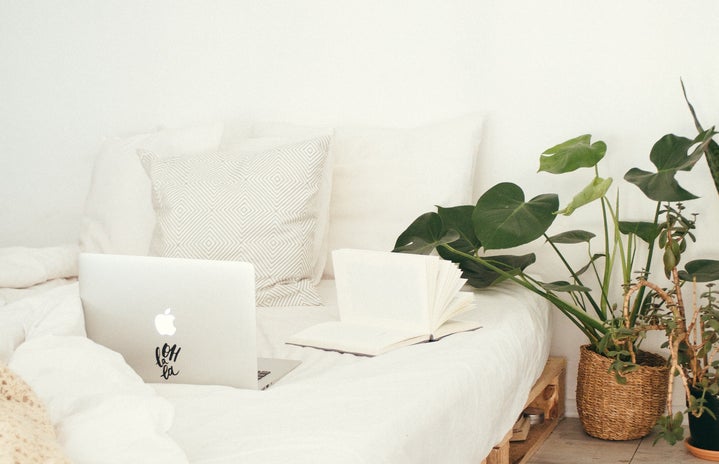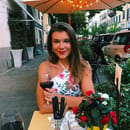‘A dramatic reorganisation of the home causes correspondingly dramatic changes in lifestyle and perspective. It is life-transforming’
In a capitalist society, we tend to consume, possess and hoard as much as we possibly can. We seek seamless checkouts online, such as Amazon and ASOS (even Instagram has a checkout now!), buying unnecessary items to exert some feeling of control. The concept of minimalism and minimising has become increasingly commodified as a concept. Minimalism is not merely an Instagram aesthetic, a 1960s art style nor a palette of monochromatic colours. It is much more loaded than that. It is believed that by drastically reducing individual consumption and embracing simplicity, one can consciously choose to limit the strain of an overburdened psyche.
‘Keep things that bring you joy; discard everything else…’
I’ve recently attempted to minimise my possessions, beginning the treacherous journey of decluttering. I’m consciously abstaining from purchasing unnecessary items. Since minimising my possessions, I feel as though a weight has been lifted off my shoulders. Marie Kondo’s ritualistic approach to organising has taken the West by storm. Her debut book, The Life-Changing Magic of Tidying Up, has garnered much attention and earned itself the title of #1 New York Times Bestseller. Despite the book’s seemingly banal message and my initial scepticism, the sentiments have stuck with me. Yes, at times Kondo seems slightly crazy. She talks to her furniture, strokes her books and delicately folds her clothes to express gratitude. She even considers the act of rolling up socks a sign of disrespect! Persevere and embrace her stance for there is much to be learnt. Her repetitive and simplistic teachings have profoundly changed my relationship with possessions. Protip: I listened to the book on Audible while simultaneously organising my room. You can breeze through the audiobook in 4 hours.
‘Tidy by category, not by location…’
Kondo instructs her followers to begin slowly and consciously. Try and categorise each step. Begin with clothes, then focus your attention on books (why do we hoard SO MANY of them), papers and finally household miscellany (like the endless coins we discard all over the place). Sentimental items, including photos and souvenirs, are the final category on her list. In her book, she explains each step in great length, imploring the reader to take care and not to rush.
‘Live among items you truly treasure’
At the core of her method is the pursuit of simplicity. Kondo insists on not following a minimalist approach as she celebrates living amongst cherished items and making space for what you love. But ultimately I feel her approach resonates with that of a minimalist. There are limited items in our possession that can ‘spark joy’ and bring meaning to our daily lives. Decluttering personal space is akin to decluttering the messy landscape of the mind. One must rid oneself of all unnecessary items that don’t add value to one’s life. Identify what is truly precious to you. Kondo’s mantra is encapsulated when she asserts ‘keep things that bring you joy; discard everything else’. Minimalism is a means of retaining some sort of freedom. There is a cathartic element, a kind of therapy, to ridding yourself of all excess.
Once I managed to create an ordered space, deep cleaning naturally followed suit. Freshly equipped with shiny, new cleaning products, scrubbing and dusting became somewhat enjoyable. There is something very pleasurable about cleaning a recently decluttered space, a feeling akin to that of a fresh start.
Happy tidying!



